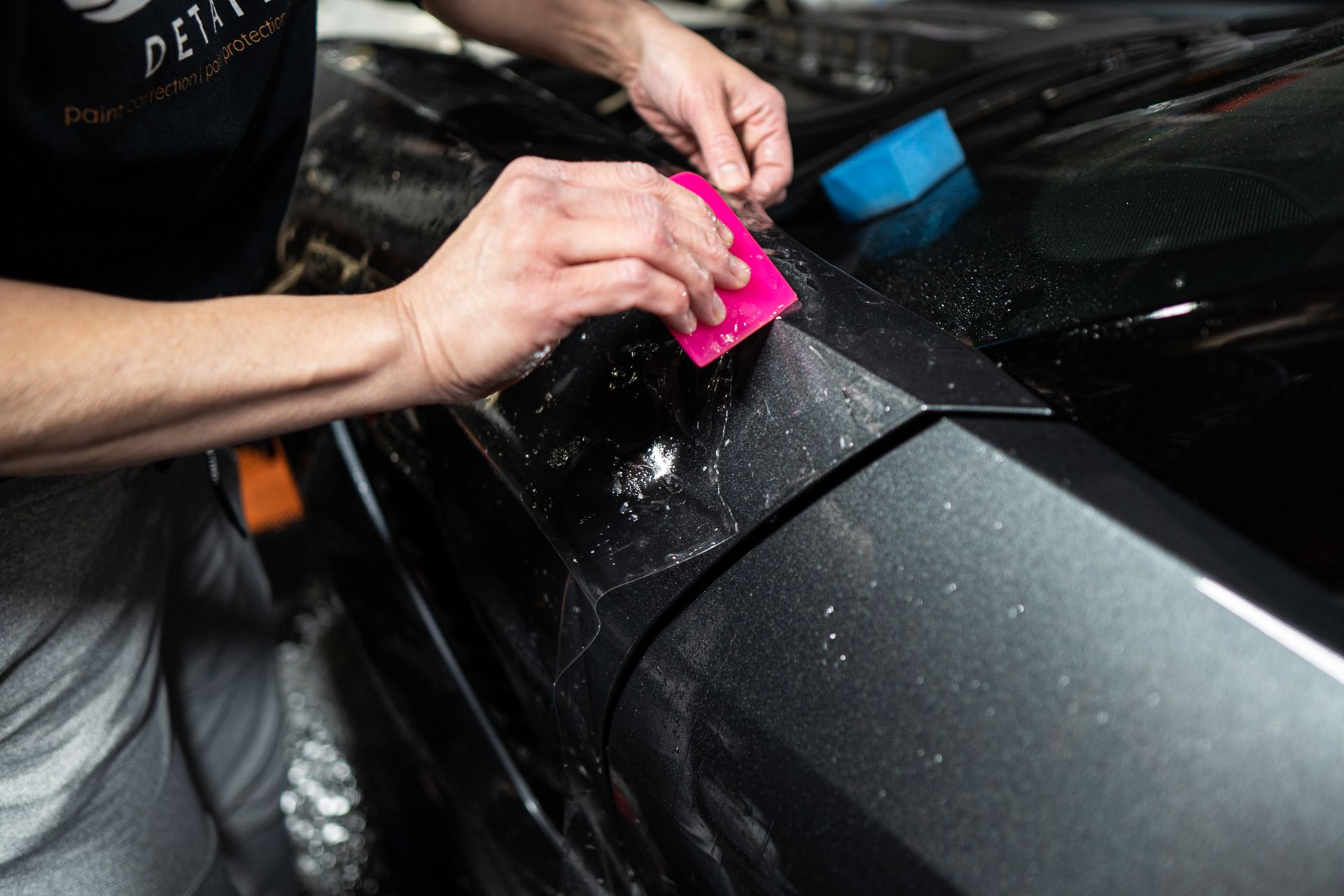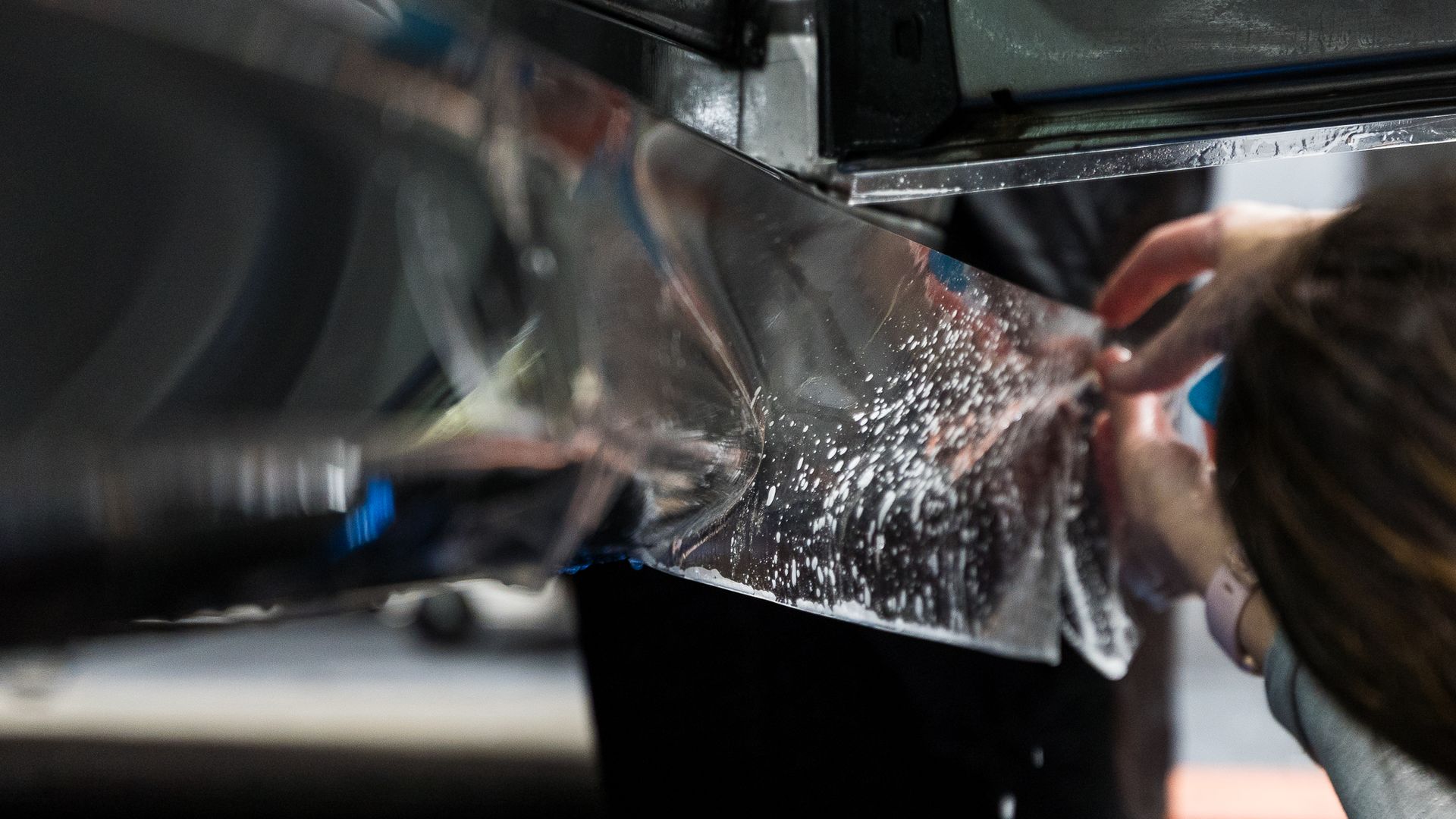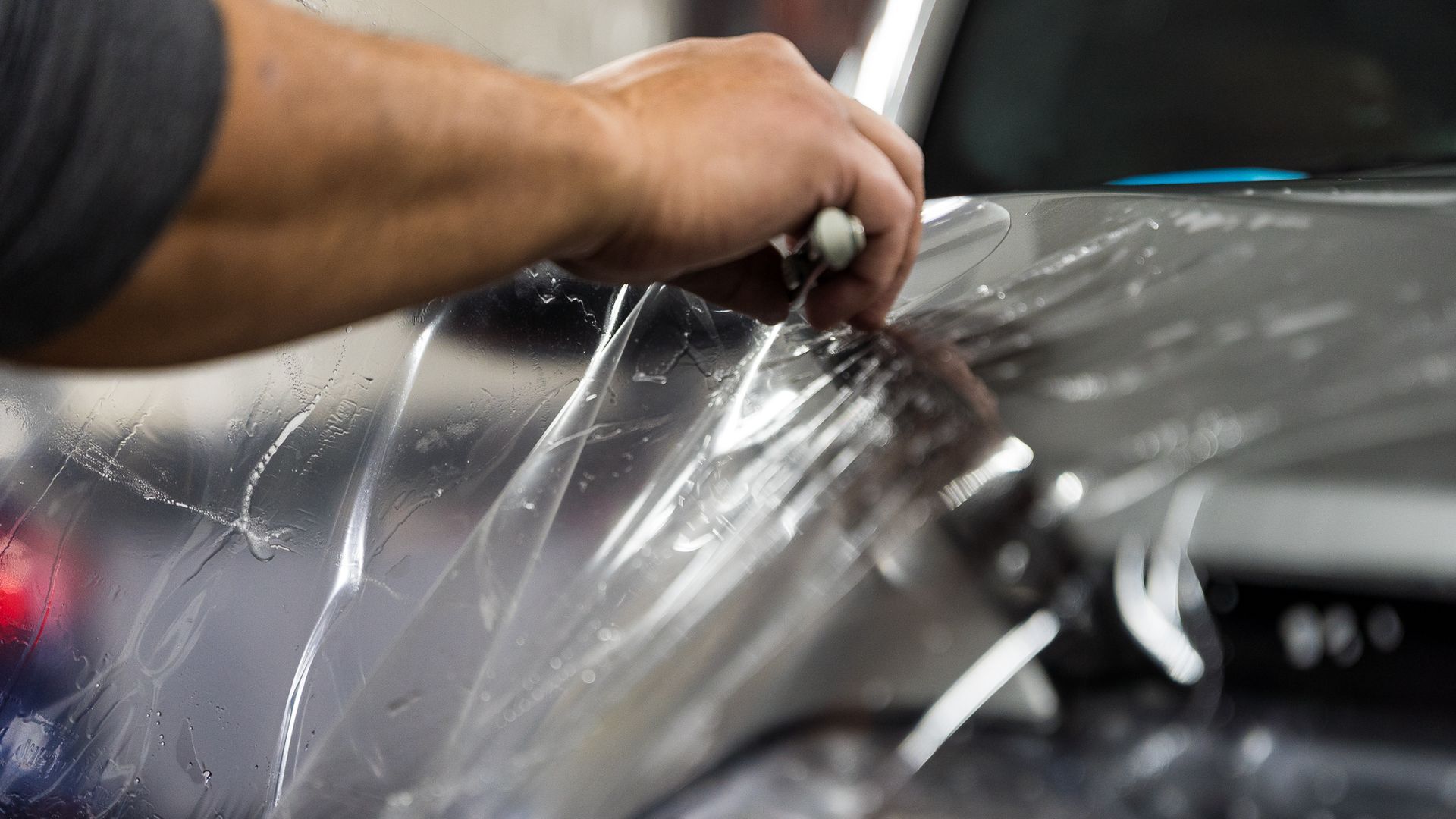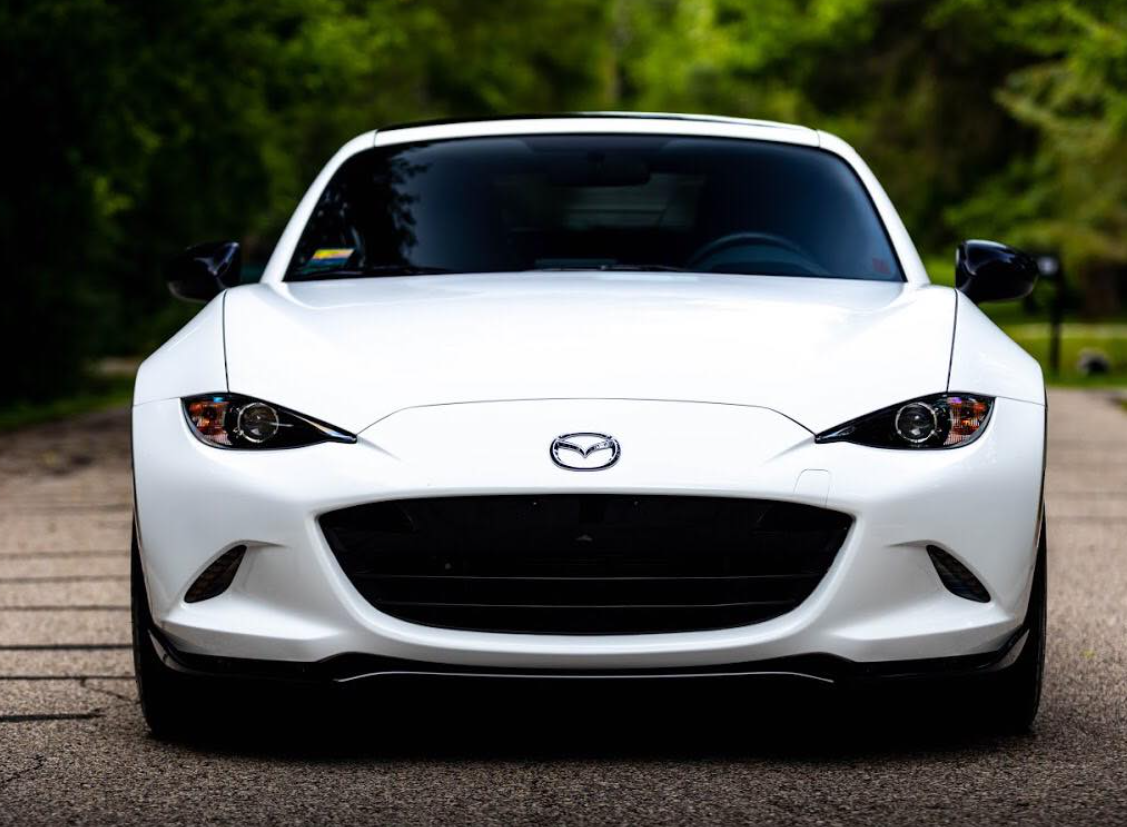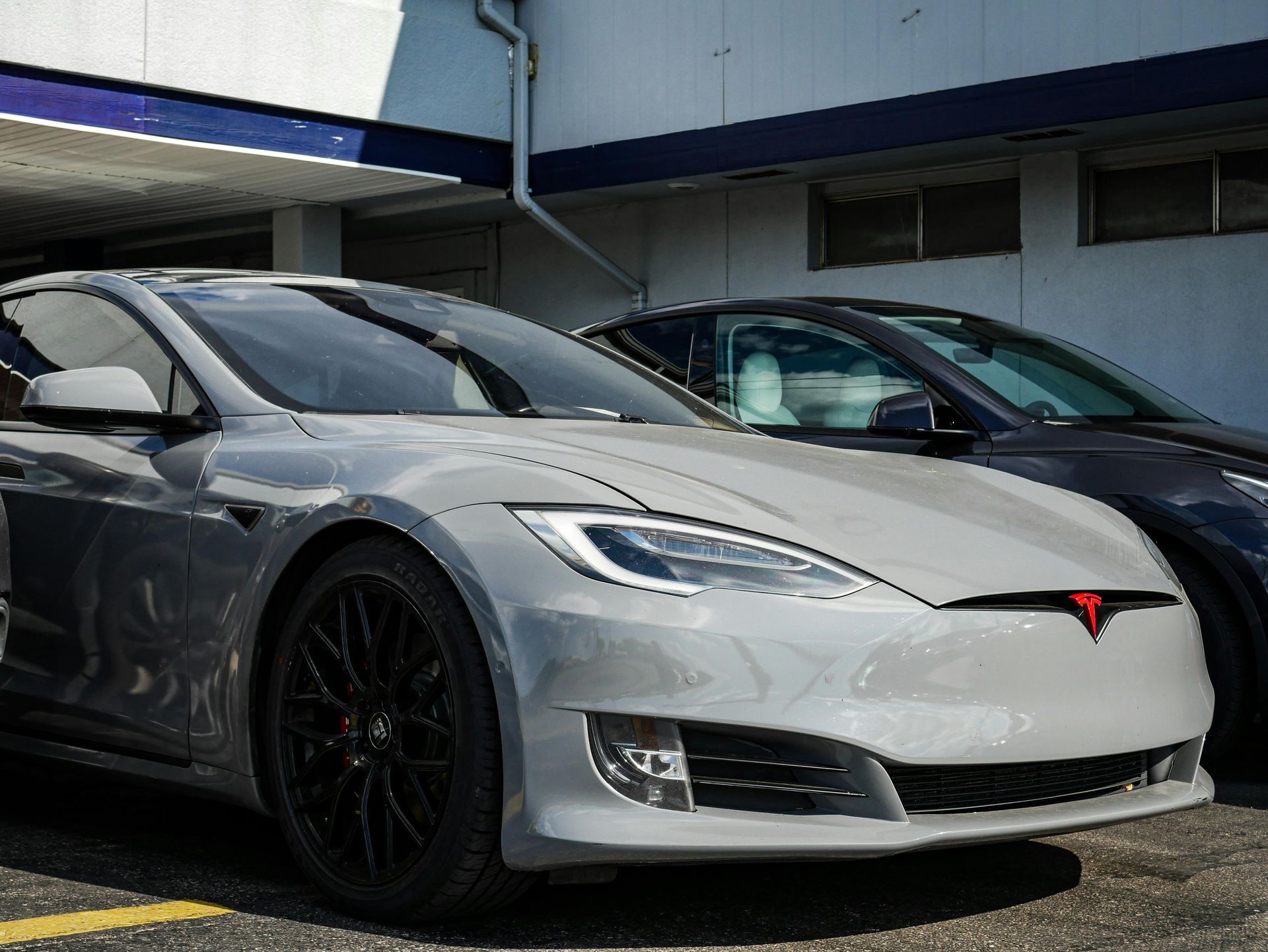Common Misconceptions About Paint Protection Film: Debunking the Myths and Revealing the Truth
BOOK NOWThe world of paint protection film is laced with numerous misconceptions. For instance, one widely held belief is that UV exposure severely damages these films, causing cracking, peeling, and yellowing. Modern developments in the film industry have, however, surpassed this concept. Today’s paint protection films have evolved to endure the harsh rays of the sun without succumbing to such detrimental effects. Quite surprisingly, film damage from UV degradation isn't the menacing issue it was once considered to be.
One common misconception about paint protection films is that UV exposure will cause them to crack, peel, and turn yellow. However, modern paint protection films are much better at withstanding the sun’s harsh rays. Another misconception is that a paint protection film is hard to install, but it is relatively simple for a professional installer with training and experience. These are just a few examples of misconceptions debunked in our article, providing accurate information about PPF.
Common Myths About Paint Protection Film
You might have heard a lot about paint protection film, but there are misunderstandings about how it works. Let's debunk some of the most common myths and shed light on the truth.
Myth 1: UV Exposure Causes Damage
Many people believe that exposure to UV rays can cause paint protection film to crack, peel, and turn yellow. However, modern paint protection films are engineered using advanced TPU-based materials, making them incredibly durable in harsh sunlight. These films are designed to endure UV exposure without experiencing such detrimental effects. Paint protection films are much better at withstanding the sun’s harsh rays due to their advanced composition. This allows them to maintain their integrity and protective qualities for long periods of time, even in areas with high UV exposure.
Myth 2: Complex Installation
One prevalent misconception is that paint protection film is difficult to install and requires specialized expertise. However, professional PPF installers who have received proper training and have ample experience can ensure a relatively simple installation process. Leading installers are skilled at achieving a seamless application without wrinkles or air pockets, ensuring that your vehicle receives optimal protection without compromise. With professional installers who are well-trained and experienced, the process of applying paint protection film is more straightforward than commonly believed. These professionals have the expertise to ensure a flawless application, resulting in enhanced protection for your vehicle's exterior.
Myth 3: Adhesive Backing Damage
There is a misunderstanding that the adhesive backing on paint protection film can potentially damage a car's paint when applied and removed. In reality, high-quality paint protection films adhere to the car's surface without causing any harm. Moreover, they can be safely and completely removed by professionals without causing lasting damage to the underlying paint. High-quality paint protection films feature adhesive backings that are designed to stick securely to the vehicle's surface without causing any harm. Additionally, when necessary, experts can safely remove these films while protecting the underlying paint and preserving its original state.
By debunking these common myths, it becomes evident that advancements in paint protection film technology have addressed many misconceptions surrounding its durability, installation process, and potential impact on a vehicle's paint.
PPF's Protection Against Scratching and Chipping
Paint protection film serves as a guardian for your car's exterior, shielding it from the harsh assault of road debris. It acts as a sacrificial layer, absorbing the impact from flying rocks, gravel, or other projectiles while preventing damage to your car's pristine exterior. Instead of harsh scratches, the film takes the hit, keeping your car looking brand new for longer. To put it simply, it's like having a shield that intercepts and disperses any potentially damaging forces before they reach the delicate surface beneath. By doing so, the film significantly reduces the likelihood of scratches and chips forming on your car's paint. As a result, you get to enjoy peace of mind knowing that your investment is well protected against the wear and tear of everyday driving.
Consider this everyday scenario: You're cruising down the highway, and suddenly you hear a loud pop as a small rock bounces off your car. Without paint protection film, this innocent little pebble could leave behind an unsightly chip in your precious paint. However, with the film in place, it absorbs the impact, sparing your car from any visible damage. It's important to realize that even minor chips and scratches can significantly harm your vehicle's appearance, despite the fact that some people may underestimate the potential damage that road debris can cause. Not only does this compromise its visual appeal, but it can also lead to costly repairs and decreased resale value in the future.
This layer of defense isn't just about maintaining cosmetic perfection; it also plays a pivotal role in preserving the integrity of your vehicle's exterior. By preventing chips and scratches, paint protection film contributes to protecting the underlying clear coat that shields the actual paint. This means that the film isn't just a cosmetic enhancement; it’s a vital barrier that safeguards the structural integrity of your car’s finish. In essence, when it comes to defending against scratching and chipping, paint protection film is not just an accessory—it's an essential safeguard that ensures your vehicle preserves its original allure for years to come.
Delving into the Installation Process
When it comes to paint protection film, debunking common misconceptions is crucial. Let's unravel some of the myths and reveal the truth about this innovative automotive accessory.
The Installation Process
Applying paint protection film is a meticulous process that demands precision and expertise. Before laying the film, the vehicle's paint must undergo diligent preparation to ensure a flawless result. This involves thorough cleaning to remove any dust or residue that could hinder the protective film from adhering properly. Moreover, any existing wax or sealant on the car's exterior must be fully removed to create an optimal foundation for the PPF application. Proper surface preparation ensures that the film adheres securely, without any air pockets, and provides an unblemished shield against external elements.
Precision Cutting and Application
Once the car's surface is immaculately prepped, professional installers employ two key techniques: precision cutting and careful application. Using pre-cut patterns or custom trimming, these experts meticulously fit the film to the exact dimensions of each panel on the vehicle. This ensures that every part is covered effectively, leaving no vulnerable areas exposed to potential damage. The precision cutting process results in a seamless and nearly invisible finish that doesn't compromise the aesthetics of your car. The skillful application guarantees that the PPF becomes practically indistinguishable from your vehicle's original paint job.
In conclusion, professional PPF installation is not just about covering your car with a protective film; it's about ensuring that every step is executed with extreme care and accuracy to provide long-lasting protection without sacrificing your car's visual appeal.
Maintenance and Care of Paint Protection Film
After investing in the protection of your vehicle with paint protection film, it's crucial to know how to keep it looking and performing at its best. Regular maintenance isn't just about making your car look good; it's about safeguarding one of your most valuable assets against wear and tear.
- Cleaning Frequency: The recommended frequency for washing paint protection film is every 2 weeks. This routine helps to remove dirt, grime, and other contaminants that can accumulate on the film's surface over time. By following this schedule, you can ensure that the PPF continues to provide the best protection for your vehicle's paint. Just like taking a shower regularly keeps us feeling fresh, the same goes for your car's protective shield.
- Choosing the Right Products: Use a pH-neutral car wash soap when cleaning your paint protection film. This gentle formula effectively removes dirt and grime without compromising the integrity of the film. Additionally, microfiber wash mitts are highly recommended as they provide a soft and gentle touch during the cleaning process. Avoid using abrasive cleaners, harsh chemicals, or stiff brushes on the paint protection film to prevent damage that could compromise its protective qualities.
- Protecting and Enhancing the Film: To maintain the gloss and extend the lifespan of your paint protection film, consider using a paint protection film sealant or applying a ceramic coating. These products not only enhance the appearance of the film but also provide an extra layer of protection against environmental elements. Consider this step as applying sunscreen to protect your skin from UV rays when spending time outdoors; it’s essential for maintaining healthy skin, just like sealing or applying ceramic coating is crucial for protecting your PPF.
- Regular Inspection and Prompt Action: Make it a habit to inspect your paint protection film regularly for any signs of damage or lifting at the edges. Addressing such issues promptly prevents moisture from seeping underneath, which could lead to more severe problems down the road. When you notice these signs, it's essential to seek professional help in addressing them to ensure that your PPF continues to provide optimal protection for your vehicle.
Proper maintenance and care not only preserve the appearance of your paint protection film but also significantly contribute to its longevity and overall performance. By incorporating these practices into your routine, you can ensure that your PPF continues to shield your vehicle from environmental hazards while looking as sleek as ever.
Professional vs. DIY Installation
So, you've settled on getting a paint protection film to safeguard your vehicle's paintwork. Now, the next big decision is whether to install it yourself or seek assistance from a professional installer. When comparing professional installation with the do-it-yourself approach, several important factors come into play.
When it comes to professional installation, precision is the name of the game. Professional paint protection film installers are equipped with expertise and specialized tools that ensure a flawless finish. Their experience allows them to navigate around the tricky curves and contours of a vehicle, ensuring that every inch of the car receives optimal protection. Additionally, professional installation often provides access to higher-grade materials that may not be available in DIY kits, resulting in superior durability and performance. Moreover, many reputable professional installers offer warranties on their work, providing customers with added confidence in the long-term protection of their vehicle's paint. This warranty is a key selling point, as it assures customers that any issues or defects with the installation will be addressed, providing peace of mind and protecting their investment.
In contrast, DIY paint protection film installation may lack the same level of precision and access to top-quality materials. While it may be tempting due to its lower cost, DIY PPF installation requires careful attention to detail and patience. A single mistake during installation can lead to unsightly imperfections that compromise the effectiveness of the PPF and may even necessitate professional correction, ultimately costing more time and money. While some car owners may have success with DIY installation, the benefits of professional installation make it an appealing choice for those seeking optimal protection for their vehicle's paint.
Ultimately, when weighing the pros and cons of professional versus DIY installation, it's crucial for car owners to evaluate their skill level, available time, and desired level of protection for their vehicle. The choice between the two methods should align with individual preferences and priorities for optimal results in safeguarding their vehicle's appearance and value.
Trusted Paint Protection Film Installers in Rochester, Minnesota
Looking to safeguard your vehicle's paint from chips, scratches, and other road hazards? Look no further than Five Star Automotive Detailing, the go-to destination for top-notch paint protection film installation in Rochester, Minnesota. With years of expertise and a commitment to excellence, Five Star Automotive Detailing ensures that your vehicle receives the ultimate defense against the elements, maintaining its pristine finish for years to come. Don't settle for anything less than the best when it comes to protecting your investment. Schedule an appointment with Five Star Automotive Detailing today or call us at 507-213-3561 and experience the peace of mind that comes with superior paint protection!
CONTACT US TO LEARN MORE ABOUT OUR DETAILING SERVICES
CONTACT
Five Star Automotive Detailing
3820 21st St SE, Rochester, Minnesota, 55904, United States
OPEN BY APPOINTMENT ONLY
- Mon - Sat
- Appointment Only
- Sunday
- Closed
READ OUR WEEKLY BLOG
5 Star Automotive Detailing was designed by the team at Detailers Roadmap, a platform developed for detailing operators across the globe.
All Rights Reserved | 8bitcreative, LLC | Five Star Automotive Detailing


